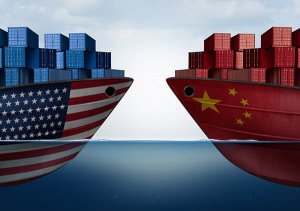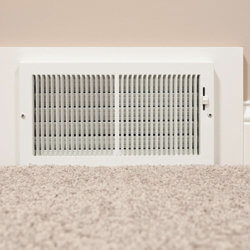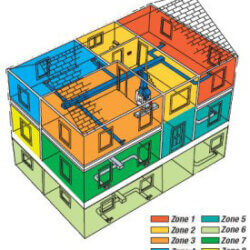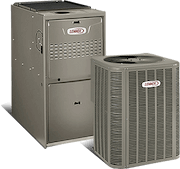
The HVAC industry relies on steady supplies of aluminum and steel to produce new HVAC equipment. So, when trade tariffs are changed, the impact on aluminum and steel costs can translate into a more expensive production process for HVAC manufacturers and, eventually, higher HVAC costs for homeowners like you. While manufacturers are trying to keep HVAC costs down for the consumer despite increased trade tariffs, knowing why new air conditioners are more expensive right now can help you better plan when and how you upgrade your heating & air conditioning system.
What Trade Tariffs Have Increased
In May 2019, US trade tariffs on many imports from China increased by 25%. In response, Chinese tariffs on some US products were increased as well. One area affected has been metals such as aluminum and steel, which are beginning to impact HVAC manufacturers. For contractors, HVAC installation services, and many more, this increase in HVAC costs thanks to trade tariffs is cutting into the bottom line. As many as 88% of HVAC contractors, when surveyed by the Air Conditioning Contractors of America, said that trade tariffs were affecting their business. This effect is not small either, many are reporting that their HVAC costs have increased by 10-20%.
These trade tariffs are intended to protect American businesses and have been billed as helpful to the American steel and aluminum industries. So far, though, they have had a primarily negative effect on American business in related industries such as HVAC manufacturers. By interrupting established supply chains and reducing the availability of aluminum and steel, these trade tariffs are driving increased HVAC costs for contractors and customers as well. It is not just a matter of more expensive materials either, new supply chains have to be negotiated and many HVAC contractors are facing further losses due to time spent understanding the tariffs and rebuilding from them.
How This Affects Customer HVAC Costs

So far, these burdens have not affected customer HVAC costs quite as much as contractors. Some companies are trying to minimize the impact of these trade tariffs on the customer, and pushing for them to be reversed before too much damage is done. As many as 67% of The Air Conditioning, Heating, and Refrigeration Institute (AHRI)’s member manufacturers oppose trade tariffs on aluminum and steel. Still though, you can already see higher HVAC costs on some models.
Right now, customer decisions about models and features seem to be unchanged, with many still opting for high end AC units and new smart designs. This may change as prices rise, however, and some will need to consider more affordable options, or even put off new heating & air conditioning equipment in favor of repairing old units. While it is more cost-effective over time to replace a unit when it reaches a certain age, the impact of tariffs on HVAC costs might lead to more people trying to wait it out. This means higher HVAC costs overall, less energy efficiency, and more breakdowns — all a pain for customers and contractors alike.
Learn More About HVAC Costs
For more information about HVAC costs and maintaining them, please feel free to connect with us. As your steadfast St. Louis area heating & air conditioning company, Galmiche & Sons looks forward to helping your family with all of its HVAC needs.









